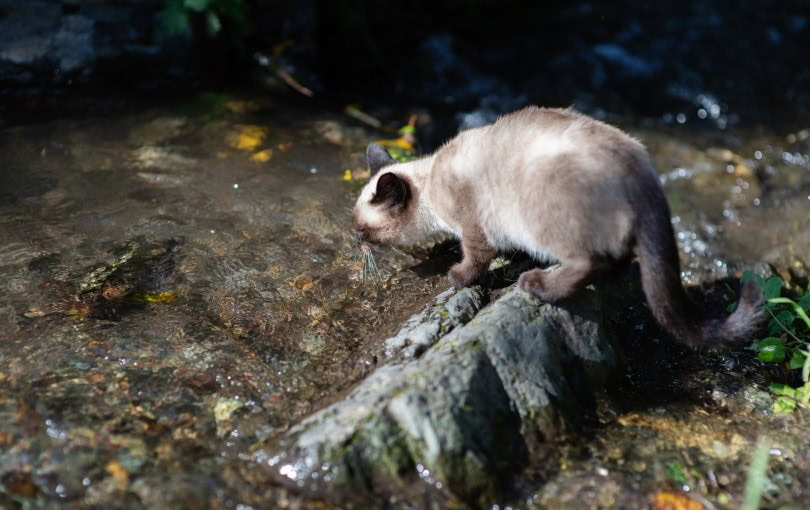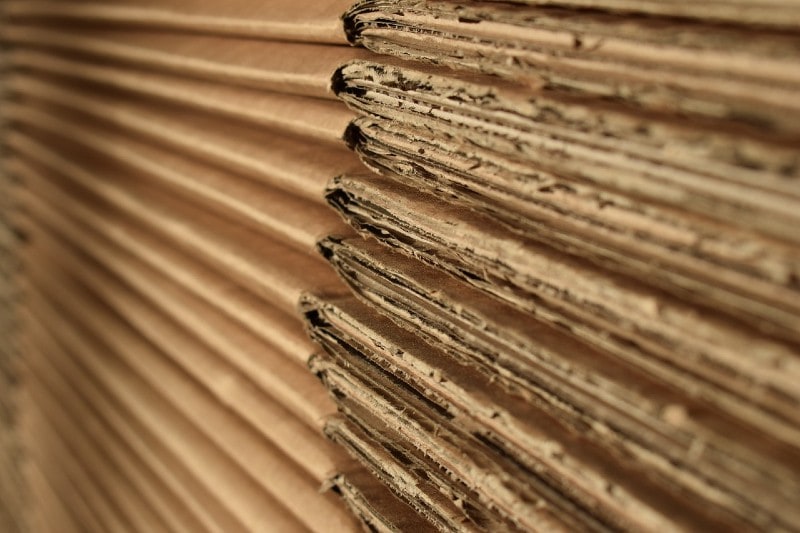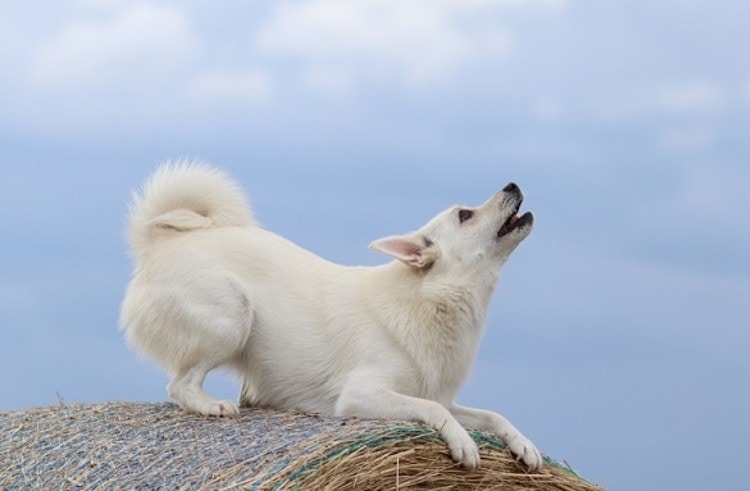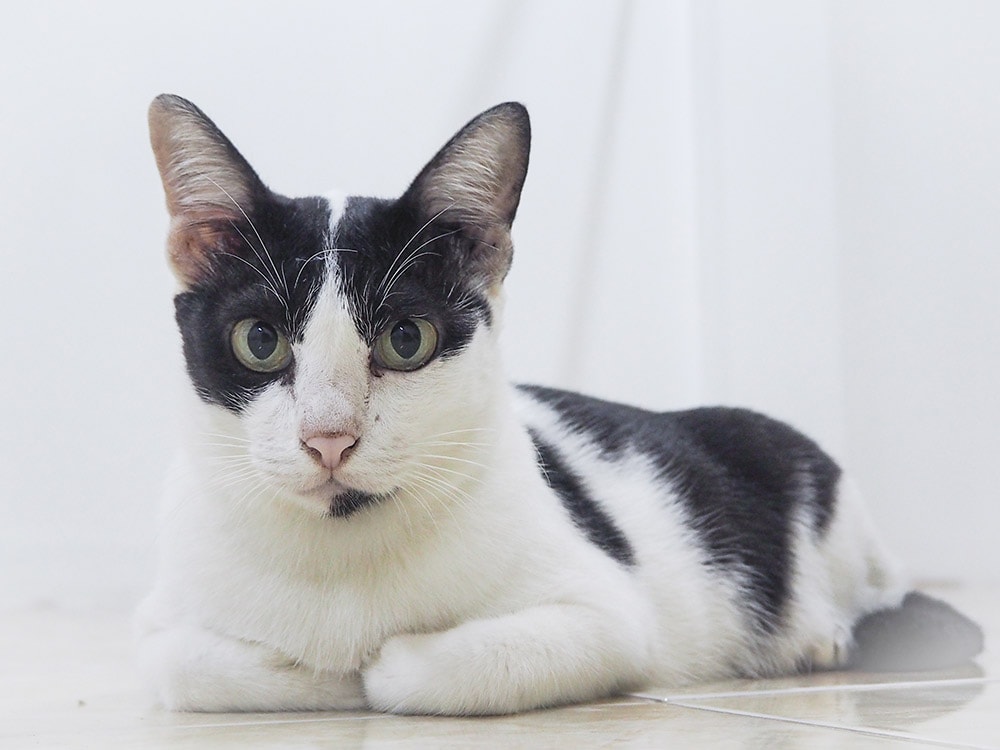VET APPROVED

The information is current and up-to-date in accordance with the latest veterinarian research.
Learn more »You would think that when given a choice between a bowl of fresh, clean water and one full of dirty, murky water, a cat would choose the clean bowl every time. While this is the case most of the time, some cats simply don’t seem to discriminate between clean and dirty water, while others will almost always choose the impure variety over the fresh stuff. As strange and inconceivable as it sounds to us, they may have their reasons.
Keep reading to learn more about why some cats may drink dirty water.

The 6 Possible Reasons Why My Cat Drinks Dirty Water?
While we can’t know why cats sometimes drink dirty water, we have several theories on why they choose dirty over clean water.
1. They Don’t Like Where Your Water Bowl is Placed
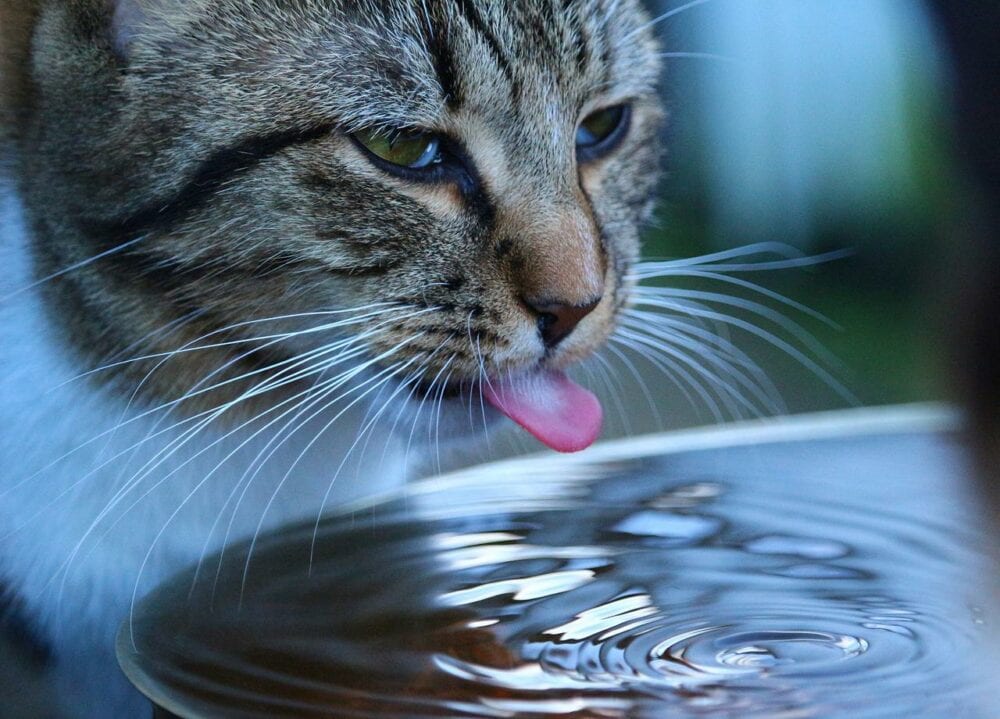
Cats may choose dirty water sources over clean if they don’t like where you’ve put their water dish or fountain. The area may be in a busy or a high-traffic location, and they don’t feel comfortable enough drinking there. This is especially true if there are several cats in the household, some of which don’t get along as well, and one of them has claimed the area, with other cats not wanting to get into a dispute. Or the water bowl is maybe too far away from where the cat spends most of their time, and they may need to go into a different more remote room or another floor to have a drink.
Cats in the wild don’t drink where they hunt because their kill would contaminate their water source and could make them sick. While your kitty doesn’t have to hunt for food, these instincts remain coded in their DNA. So, if your water bowl is placed next to the food bowl, or the litter box, they may instinctively feel as if the water source is contaminated and will show no interest in drinking your nice fresh water.
Solution: Place your cat’s water dish in a calm and quiet easily accessible area, with a clear view of the surroundings, and ensure there are sufficient water bowls for all the cats in the home. Move it a bit further from the food bowl, and certainly well away from the litter box.
2. The Water isn’t as Fresh as You Think
Another reason your cat could be drinking dirty water is that the clean stuff you’ve provided is not as fresh as you think. A cat’s water bowl can become stagnant and build up an impressive collection of dust, hair, and litter particles quickly. Though you may not see these contaminants, your cat can taste them.
Solution: Provide fresh, clean water every day.
3. The Water Isn’t at an Ideal Temperature
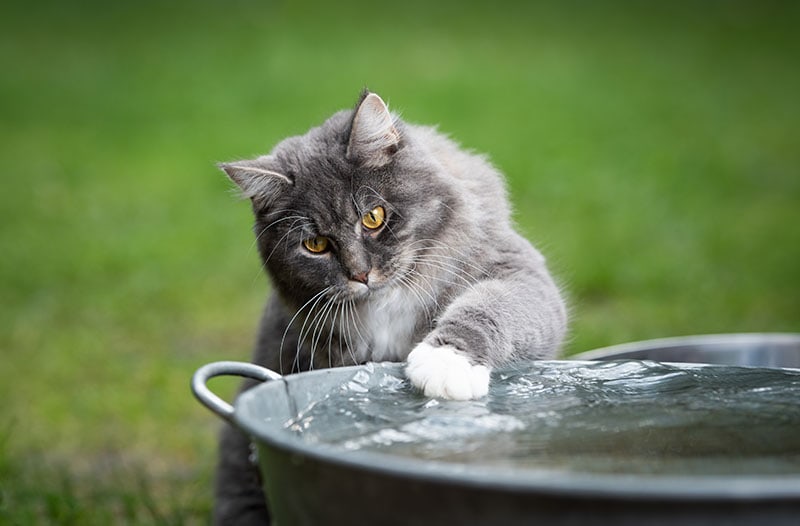
Like humans, some cats can be particular about the water’s temperature. Some like to have it at room temperature, while others like it cooler. On the hot days of the year, your kitty might even like ice cubes put into their bowl to keep the water nice and refreshing.
Solution: Find out what temperature your kitty prefers their water and make sure it’s always fresh. If they’re drinking from a rain puddle after a summer storm, put a finger in it to see if it’s on the cooler or warmer side.
4. They Don’t Like the Water Bowl
If there’s anything you should have learned from this article so far, it’s that cats are picky little creatures. If yours doesn’t like their water bowl’s size, shape, or height, they may look to other sources to get their water fix.
Solution: Sorry to say, but trial and error is the only solution to this problem. While it might cost you some extra money, sampling different bowls and fountains to find one your kitty likes, you can recover these costs by returning the bowls they don’t like or selling them on your local marketplace.
If your cat needs help drinking enough water, you may want to try a cat water fountain. A well-designed option like Hepper's Stainless Steel Cat Water Fountain can provide clean, flowing water that will appeal to your cat.
With nice features like auto-shutoff, adjustable flow types, triple filtration, and a large capacity, this dishwasher-safe cat fountain is a low-touch way to keep your cat happy and hydrated. At PangoVet, we've admired Hepper for many years, and decided to take a controlling ownership interest so that we could benefit from the outstanding designs of this cool company!
5. They Don’t Like the Way it Smells or Tastes
Tap water is sometimes treated with chemicals strong enough that your cat can smell it. This smell can be highly offensive and strong enough to turn your kitty off their water. Additionally, the strength of the chemicals can affect how the water tastes.
Solution: Invest in a pet water fountain with a filter to filter out all the offensive smells and tastes. Alternatively, you can buy a filter for your sink’s faucet that will achieve the same goal, and you’ll get clean, filtered water to drink yourself to boot.
6. They Are Drinking Excessively
If your cat is suffering from various health conditions, such as diabetes or kidney disease, they may have an increased thirst and will not be as bothered by what kind of water they drink, as long as there is any. You may also notice the bowls getting emptier more quickly, or your cat eating less, peeing more, losing weight, or becoming lethargic.
Solution: Get your cat checked by the vet in order to rule out the most common health conditions that could lead to an increased thirst.

My Water Fountain Filters Water; It Will Be Clean, Right?
Some pet parents invest in water fountains for their cats and are lulled into a false sense of security that the reservoir in their fountains is big enough to provide fresh, clean water for several days. Then, when they see the water level is getting low, they’ll refill the reservoir instead of disassembling the entire unit and giving it a thorough clean.
When your cat drinks from the fountain, any bacteria or viruses from their mouth are transferred into the water. Leftover food particles, hair, dust, and other airborne contaminants combined with your pet’s saliva create a breeding ground for harmful bacteria. Unfortunately, bacteria can even grow within the fountain’s pump, making it difficult to see bacteria bloom without removing all fountain components.
To prevent this, follow the manufacturer’s recommendations and give the water filter a good cleaning and check and replace the filters when required.
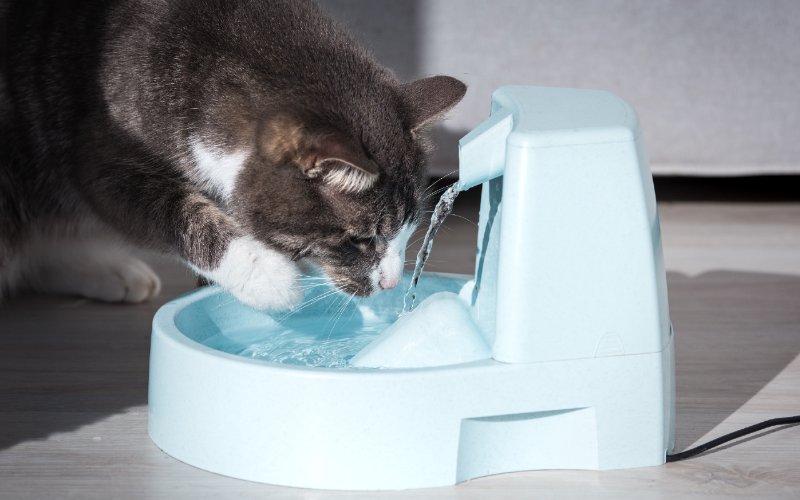
Is It Safe for My Cat to Drink Dirty Water?
If you know your cat enjoys drinking from dirty water sources, it is your responsibility to ensure the water they have access to is always clean and fresh. However, if they are drinking excessively, get them checked by your vet.
Dirty water, even from natural outside sources, can be contaminated with disease-causing bacteria or parasites like:
- Blue-green algae: This is caused by cyanobacteria. An overgrowth of this bacteria can cause water to have a blue or green coloration. Bacterial colonies can float on the water’s surface or be blown into algae-like mats along the shore. Blue-green algae can produce toxins that lead to liver or central nervous system signs.
- Giardia: This is a microscopic protozoan and is distributed worldwide in lakes, rivers, streams, and ponds. It can be found in even high-quality water sources. While the disease is rare in healthy adult cats, it is more commonly seen in kittens or adult cats with other health issues. The parasites cause weight loss, chronic diarrhea, and fatty stools.
- Coccidia: This is caused by one-celled organisms known as coccidia. Certain types have been found in public water supplies in some major cities. Cats infected with coccidia may not have any clinical signs at all. It may cause watery or mucous diarrhea, abdominal pain, dehydration, and vomiting in kittens and debilitated adult cats.
- Leptospira: This is caused by a bacteria in the genus Leptospira and is shed in the urine of affected animals. This urine can contaminate surface waters, causing the disease to be waterborne. Leptospirosis has a broad range of effects particularly in dogs and humans, from mild infections to multiple organ failure or even death. The most common signs include fever, sore muscles, increased thirst, shivering, depression, lack of appetite, dehydration, and vomiting, but it remains yet unknown how common this disease is in cats and whether it could play a role in kidney disease or lead to other health complications.


Final Thoughts
Cats are silly little things that occasionally turn to dirty water sources over the fresh and clean water you provide. If this is the case with your pet, you must conduct some home experiments to determine why your cat acts this way. Once you know why your kitty is turning their nose up at your clean water, you can work toward getting them out of this bad drinking habit. Hopefully, one of the solutions above will help you guide your kitty into drinking cleaner water, so they won’t get sick from the germs often found in the dirty kind.
See also:
- Why Do Cats Drink Out of the Toilet? Vet-Approved Reasons
- How Often to Change the Water in a Cat Fountain: Vet-Approved Advice
Featured Image Credit: Ermolaeva Olga 84, Shutterstock
Contents
- The 6 Possible Reasons Why My Cat Drinks Dirty Water?
- 1. They Don’t Like Where Your Water Bowl is Placed
- 2. The Water isn’t as Fresh as You Think
- 3. The Water Isn’t at an Ideal Temperature
- 4. They Don’t Like the Water Bowl
- 5. They Don’t Like the Way it Smells or Tastes
- 6. They Are Drinking Excessively
- My Water Fountain Filters Water; It Will Be Clean, Right?
- Is It Safe for My Cat to Drink Dirty Water?
- Final Thoughts
